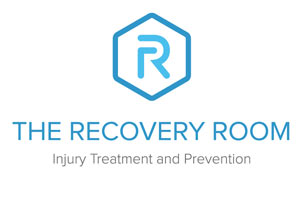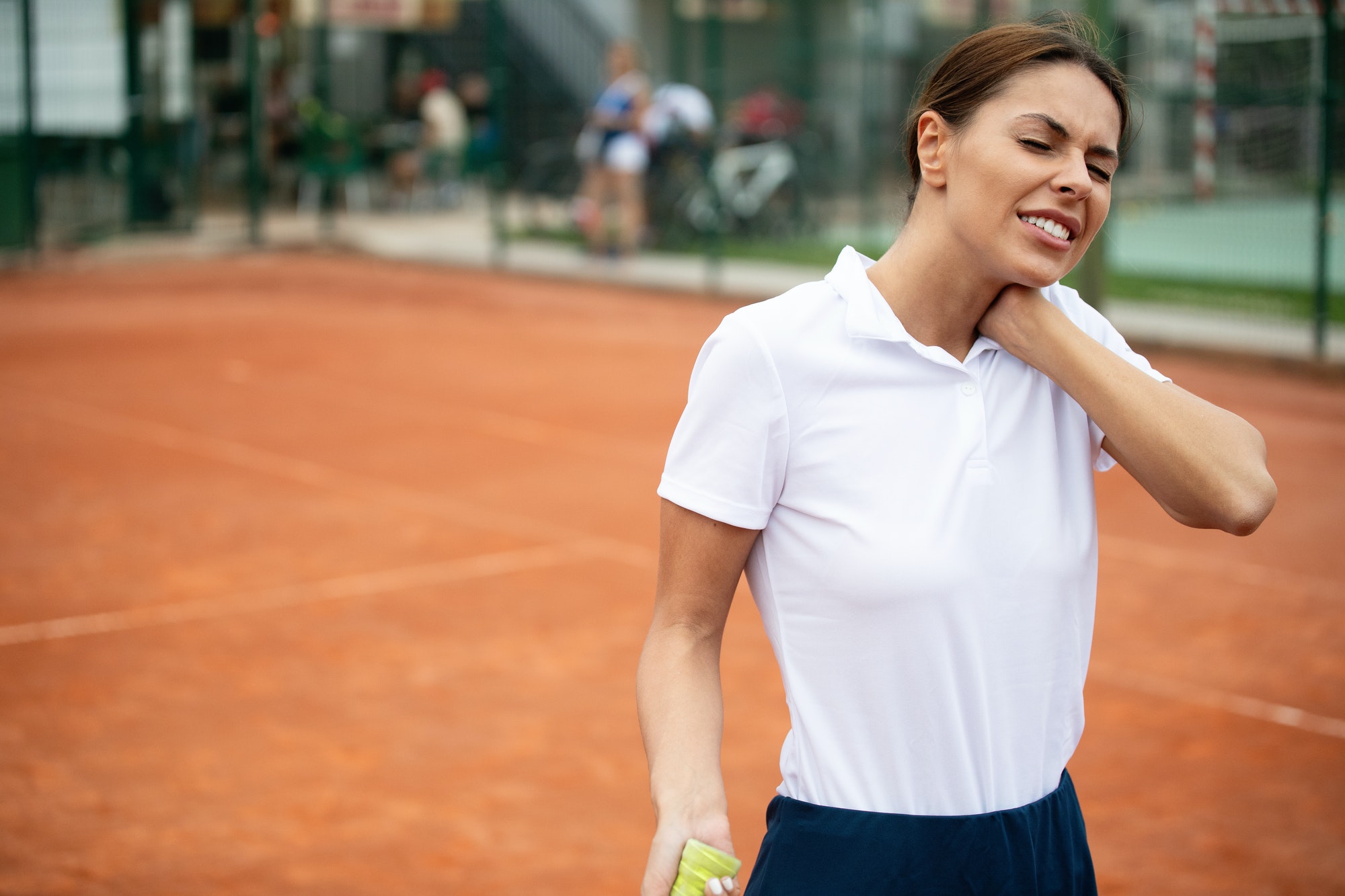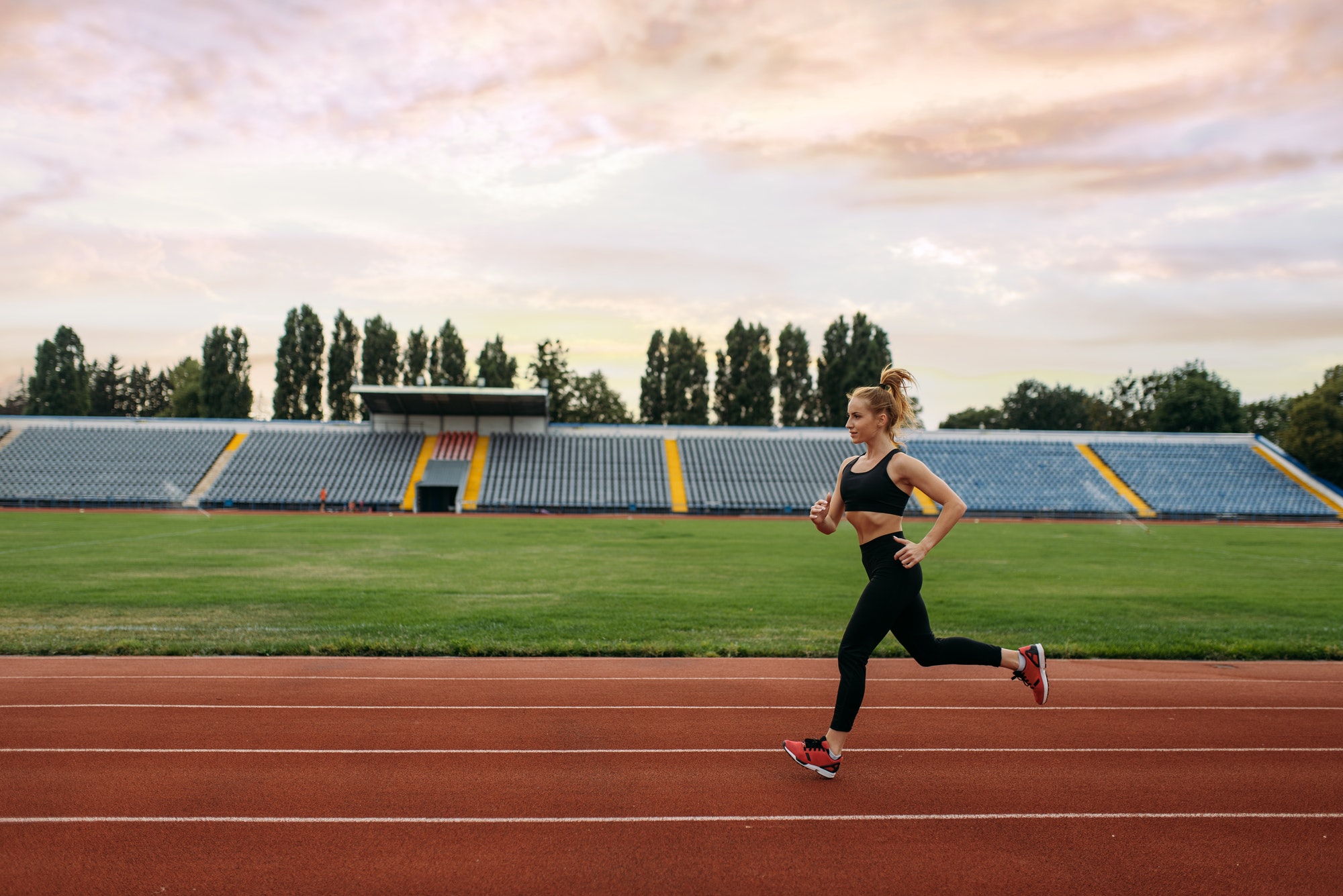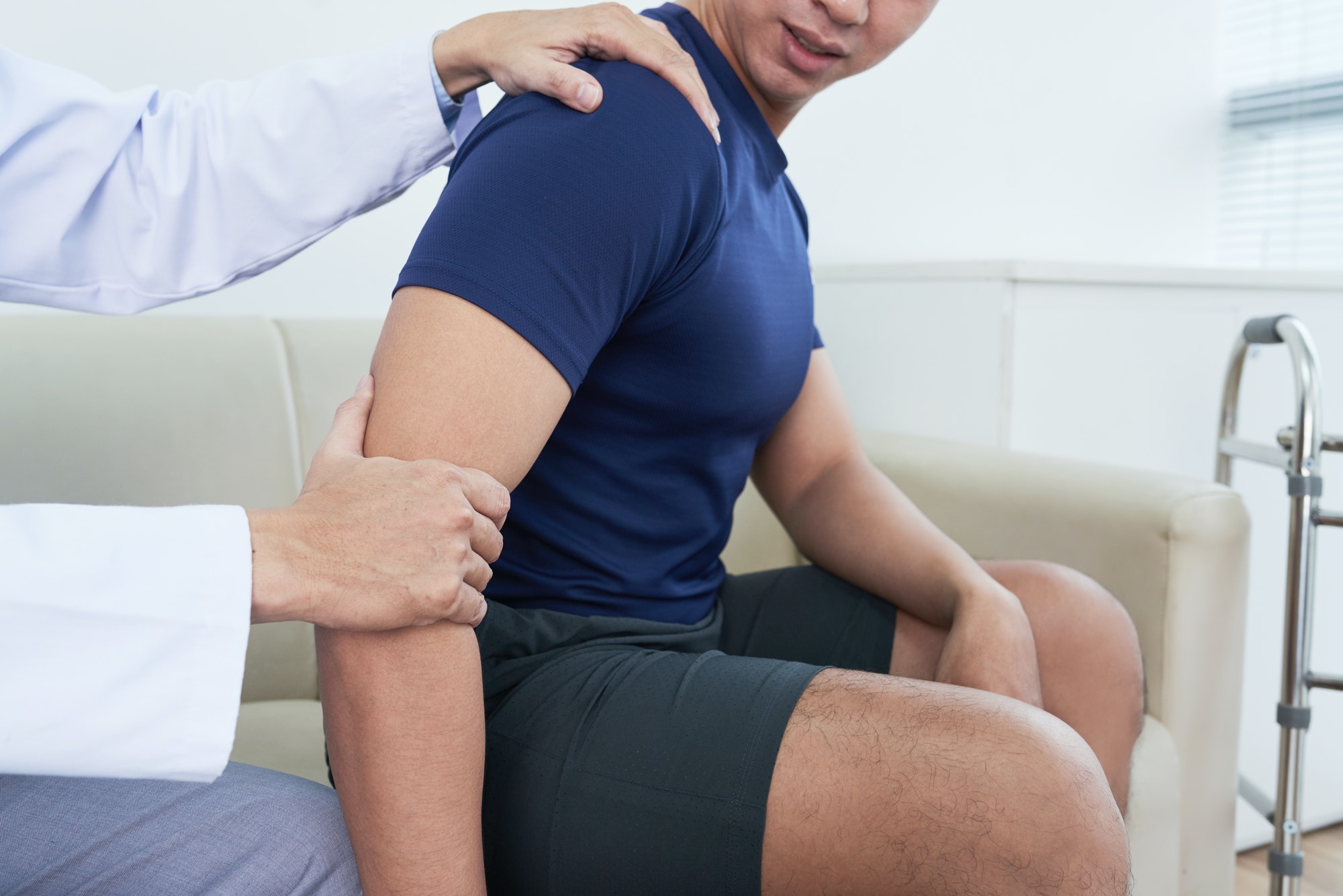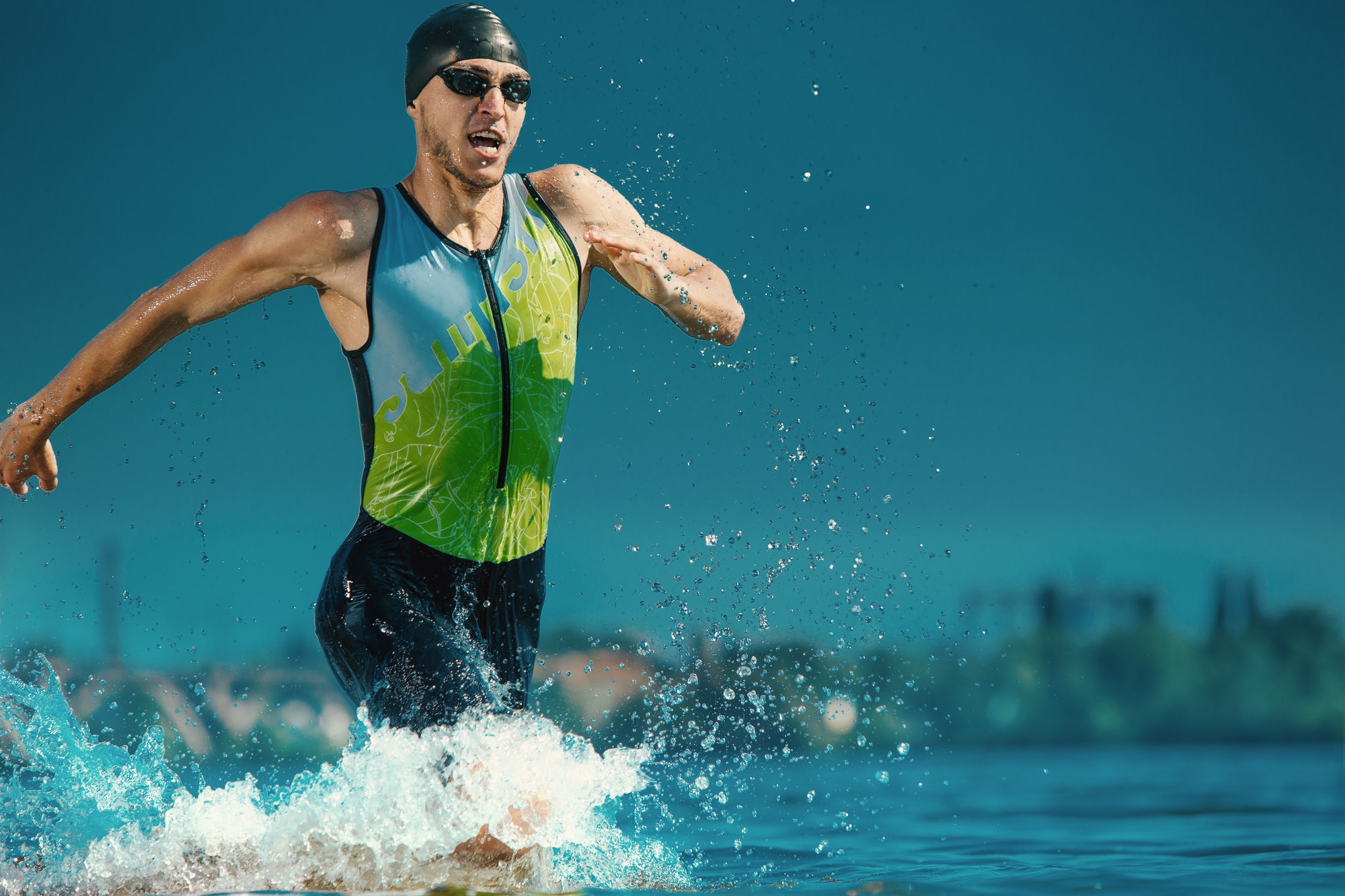As a former LTA level 4 tennis coach in Salisbury and Southampton areas, I have seen the type of tennis injuries that occur first hand. Many of these are caused by overuse, misuse or muscle imbalances from poor techniques or equipment.
My understanding of tennis techniques and the mechanisms of injury has enabled me to produce a treatment and rehabilitation programme specifically for tennis players. This looks in detail at muscle imbalances, faulty techniques and inappropriate equipment that could lead to injury. Consultations are available for tennis injury in Southampton and Salisbury.
Common Tennis Injuries:
Tennis Elbow- you don’t have to play tennis to suffer from this
Tennis related overuse shoulder injury
Rotator cuff tears
Shoulder Impingement syndromes
Nerve entrapment that causes neck, shoulder or elbow pain.
Postural imbalances.
Mid back stiffness
Lower back pain
Adductor strains
Knee ligament injuries
Ankle ligament injuries
Why are tennis players susceptible to injury?
The one-sided and repetitive nature of tennis strokes can cause stress to the same anatomical structures which can lead to injury. This can lead to imbalances of strength and lead to tightness around the shoulder, elbow and hips. My research dissertation on this imbalance with tennis players recorded strength differences in tennis players in the upper arm, shoulder and a stronger eccentric contraction of the non-dominant leg.
This pattern occurred due to the important role of the non-dominant leg to stabilise the upper body after landing from hitting a forehand or tennis serving action.
The tennis strokes and multidirectional movements patterns require stability and strength. As a Tennis match is unpredictable in intensity and duration fatigue may exacerbate weakness that could lead to injury.
Tennis Elbow
Tennis elbow is a common injury but despite its name affects both the tennis and non tennis playing population. Tennis elbow can be a very debilitating condition with pain on the outside of the elbow causing actions such as pouring a kettle, turning a key in a lock and decreased grip strength due to pain. Tennis players will have pain with hitting a single-handed backhand and any other action that has uncontrolled wrist extension.
Tennis elbow is an umbrella term used for injury or pain located at the lateral epicondyle of the elbow. Symptoms present as mechanical hyperalgesia, motor control deficits, functional impairments and muscle strength changes (Vincencino et al. 2001). LE mostly affects those aged 35-50 and tennis playing only appears to contribute to 5-10% of all cases (Cleland et al, 2004). 40-50% of recreational tennis players will experience tennis elbow at some point in their life, caused by repeated uncontrolled wrist extension through late contact with the ball and incorrect handling of the racket (Cleland et al, 2004). Thus, poor arm and shoulder position will change the events in the kinetic chain and put greater stress on the lateral elbow, shoulder and possibly cervical spine.
From the literature, one can make the case for the hypothesis that clinical tennis elbow is multifactorial, and that in a significant number of cases there is a cervical spine involvement. There is good evidence that in some cases cervical manual therapy is effective, although local treatment to the elbow has greater initial success on functional pain free grip strength. Assessment of tennis elbow sufferers should include the possibility of cervical spine involvement, and that manual therapy of the cervical spine should be considered as a treatment in cases of tennis elbow that do not respond to local elbow manual therapy treatment. On failure of local elbow treatment cervical spine manual therapy should commence in patients with altered cervical spine ROM or pain, through inhibiting descending pain pathways and SNS stimulation. A hypothesis that manual therapy directed to the cervical spine treats the actual cause of pain that is felt from stimulation of free nerve endings at the lateral elbow following failed elbow treatment.
Treatments will consist of friction massage to the extensor muscle in the forearm, mobilisation to improve range of motion and exercise rehabilitation to decrease pain and improve grip strength. A change in equipment (if you’re a tennis player) may also help relieve symptoms. You will also be checked for any stiffness or pain in the neck, as you may be experiencing a referred pain from a trapped nerve in the cervical spine.
Core Strength Serve speed and injury prevention:
Tennis is a sport that requires high levels of agility, coordination, endurance, balance, power and speed (Kovacs, 2006). High levels of skill and multidirectional movements are required in quick succession, in order to achieve the required actions of accurately hitting the ball with the racquet head in both serving and returning the ball. To allow these racquet actions the body has to adapt to changes in direction quickly and in a controlled manner. To improve competitive performance, strength and conditioning programmes are prescribed to tennis players in order to optimise performance (Elliott, 2006). In recent years, core stability (CS) training has become a more integral part of this programme. Its inclusion has been justified on the grounds of both performance enhancement and injury prevention from improved biomechanical function in the kinetic chain (Frederickson and Moore, 2005).
The kinetic chain is an integral part of the service action as ground reaction forces need to be transferred efficiently to maximise service velocity (Kovacs and Ellenbecker, 2011). It is understood that knee flexion on the backswing of the tennis serve improves service speed, showing this transfer of energy (Elliott et al. 2003). The trunk uses rotational forces to produce a torque which is synchronised with explosive knee extension to propel the racquet arm at optimal speeds (Bahamonde, 2000).
The service is the most important shot in tennis and high levels of coordination, skill and timing are required for maximal effectiveness. Few players perform the serve with the maximal effectiveness due to high level of mastery required within many different factors (Kovacs et al, 2011).
At the centre of this action is the ‘core’ musculature that needs to efficiently transfer energy and control the lumbopelvic region. Hodges and Richardson (1997) found that core muscles were activated before limb movement measured, suggesting a core to extremity link in the kinetic chain (Okada et al. 2011).
Therefore, the core acts as an active structural component in the transferring of forces between the upper and lower limbs and creates some movement from global muscle groups (Bliss and Teeple, 2005).
The ‘core’ is a muscular unit that stabilises the body and spine with and without limb movement (Bruckner and Khan). It is made up of abdominals at the front, paraspinals and gluteals at the back, the diaphragm as the roof and hip girdle musculature at the bottom (Frederickson and Moore, 2005) consisting of both local and global muscles groups.
Global muscles are large torque producing muscles that focus on speed and power providing general stabilisation as well as movement (Faries and Greenwood, 2007). Global muscles consist of erector spinae, external oblique’s and rectus abdominus muscles (Frederickson and Moore, 2005) which can be prone to fatigue. Local muscles attach to the lumbar vertebrae and provide segmental stability to the spine during movement with high levels of endurance (Faries and Greenwood, 2007). The local muscles consist of transverse abdominus, internal obliques, pelvic floor and multifidus (Jefferies, 2002).
Without good stability of the spine, global muscles cannot perform powerful movements effectively and would be further prone to fatigue (Frederickson and Moore, 2005). Thus, both sets of muscle work together and are equally important for endurance and strength gains (Brukner and Kahn ).
A more stable platform will allow for a greater contribution to muscle force, resulting in improved functional movement and sporting performance in such skills as a tennis serve (Okada et al. 2011).
My study into core strength and tennis players concluded that dynamic CS training on an unstable surface is the preferred method for improving CS alone. There was no correlation to suggest that CS training increases the speed and accuracy of tennis serve in a group of adolescent club level tennis players. Other factors that contribute to a tennis serve to need to be trained alongside CS. There may be performance improvement in other aspects of tennis that were not measured in the current study ie. core strength training could be more effective on the speed and accuracy of serve when the athlete is in a state of fatigue. Further investigation is needed to determine the role of CS and sports performance.
Prehabilitation is better than treatment!
Our prehabilitation programme measures imbalances in muscle strength, length and ability to perform specific tennis/ sport related activities. With a strengthening and stretching programme, these imbalances can be restored and reduce the risk of injury. Advice is also given on the duration and types of training you are currently throughout phases of the tennis season. Your progress will be monitored by using measurements so you can chart your progress. Addressing these areas will lead to improved range of motion and strength which will lead to improvements in your tennis.
